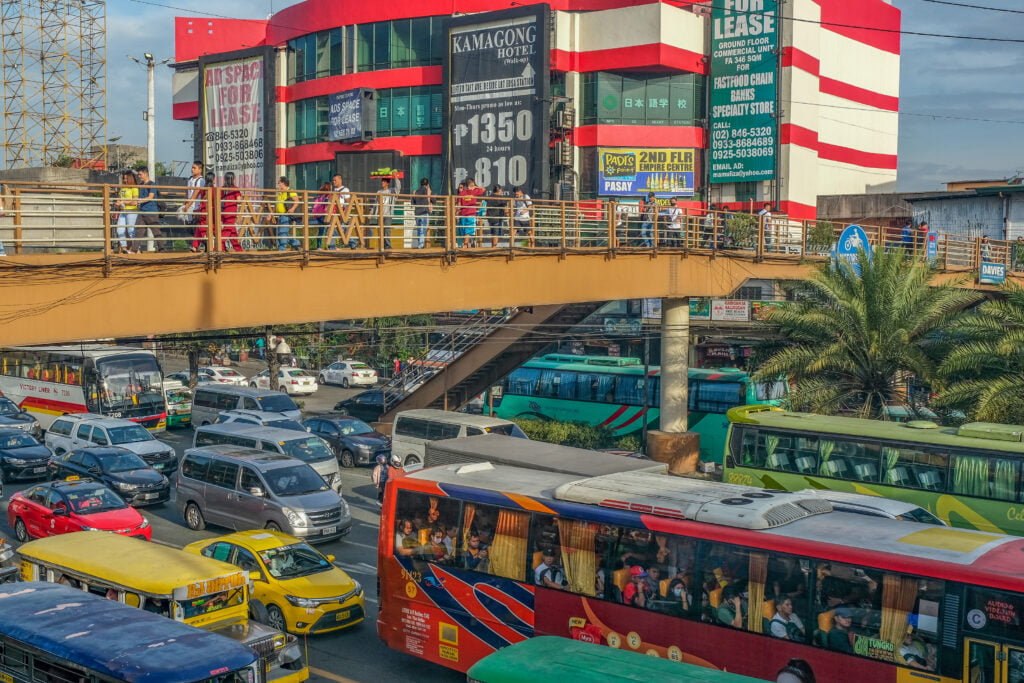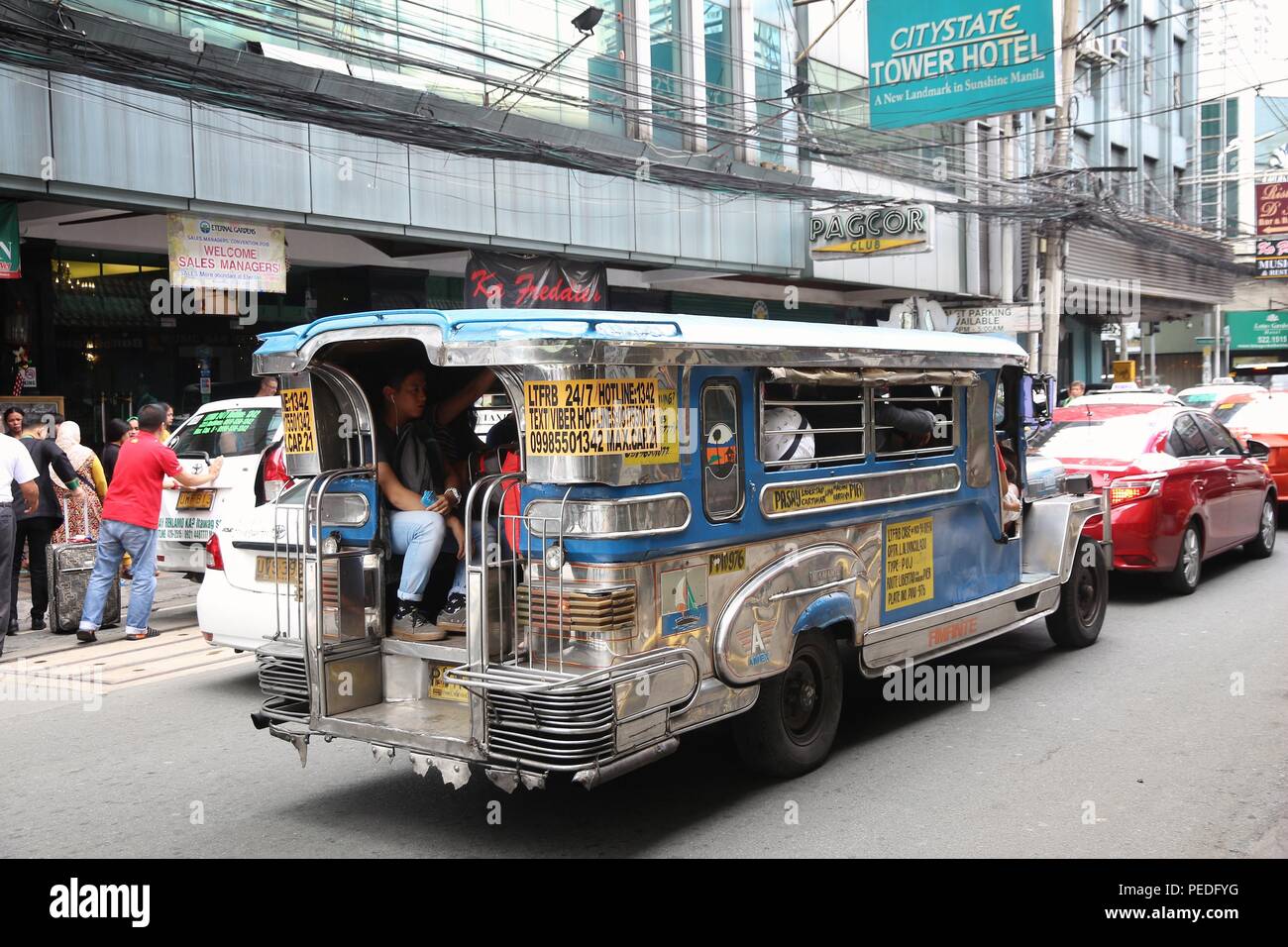Increase Your Business with Transit Advertising Philippines
Comprehending the Role of Transportation Advertising And Marketing in Enhancing Brand Name Visibility and Customer Interaction
Transportation advertising has actually become a pivotal component in the advertising landscape, using unique chances for brand names to raise their visibility and engage customers effectively. With the capacity to get to a restricted and varied target market throughout their day-to-day commutes, these marketing strategies are not simply about presence; they are about creating meaningful links with prospective consumers. As we check out the diverse advantages and cutting-edge techniques within transit advertising and marketing, it becomes vital to think about exactly how these components collectively affect consumer assumption and habits, questioning regarding their lasting impact on brand commitment.
Interpretation of Transit Marketing
Transportation advertising and marketing refers to the method of advertising products, solutions, or brand names through ads put around public transportation systems. This type of advertising incorporates a selection of positionings, consisting of posters on buses and trains, electronic displays at transportation terminals, and wraps on the outside of automobiles. It aims to get to a diverse target market, taking advantage of the high foot website traffic connected with public transit.
Transit advertising is purposefully positioned to catch the interest of commuters, who usually spend significant time waiting or taking a trip. By integrating promotions into the everyday routines of individuals, brand names can develop a long-term perception and foster brand name acknowledgment. The medium is especially reliable in metropolitan settings, where public transport is a main setting of travel.
In addition, transit advertising and marketing can help with localized targeting, permitting businesses to get to particular demographics based upon transit routes and station places. As city populations grow and making use of public transport boosts, this marketing approach has gotten prestige as an essential component of integrated marketing methods. The dynamic nature of transit advertising and marketing, combined with its ability to involve consumers in a restricted setting, emphasizes its significance in contemporary marketing practices.
Advantages of Transit Advertising And Marketing
The performance of transit marketing exists in its capability to provide a multitude of benefits to brands seeking to enhance visibility and involvement. Among the key advantages is the extensive reach it supplies; transportation advertisements can efficiently target varied demographics throughout metropolitan locations, getting to both travelers and pedestrians alike. This broad direct exposure substantially enhances brand awareness.
One more benefit is the high frequency of perceptions. As transit lorries follow recognized courses and quit at multiple places, they produce recurring direct exposure that reinforces brand name messages. This regularity promotes knowledge, which is essential in customer decision-making.
Transportation advertising is also economical compared to various other media platforms. Offered its large reach and possibility for high perceptions, brands commonly experience a lower price per thousand impacts (CPM), maximizing their marketing spending plan.
Additionally, transit advertisements can produce a feeling of area connection. By lining up with local transportation systems, brands can resonate with regional audiences and cultivate a sense of local satisfaction. This localized approach boosts brand commitment and engagement, making transit advertising an engaging selection for organizations intending to solidify their existence on the market.

Effective Approaches for Transit Campaigns
To make best use of the effect of transit campaigns, brand names ought to leverage strategic planning and implementation customized to their target market. First, recognizing the group qualities of the target market making use of public transit is critical. This allows brands This Site to create tailored messaging that resonates with potential customers.
Following, choosing the appropriate transit mediums is essential. Whether utilizing bus covers, subway posters, or electronic screens, each tool has special benefits that can boost visibility. For example, lively visuals on bus wraps More Info can bring in focus, while digital ads can be upgraded regularly to reflect timely promotions.
In addition, incorporating a natural branding technique throughout transportation platforms guarantees consistency and reinforces the brand name's identification. Making use of distinctive styles and remarkable taglines will enhance brand name recall among commuters.
Lastly, timing is an essential aspect in performing successful transit projects. Launching projects during top traveling hours or regional occasions can significantly enhance exposure and engagement. By using these strategies, brand names can efficiently harness the potential of transportation marketing, promoting better recognition and link with their target audience. Ultimately, a well-executed transportation project can drive significant development in brand exposure and customer involvement.

Gauging Influence and Interaction
In examining the performance of transportation marketing campaigns, accurate dimension of influence and involvement is essential for brands seeking to optimize their advertising strategies. Metrics such as reach, frequency, and impacts offer fundamental information to evaluate exposure. Examining these factors helps identify the number of potential clients are revealed to the promotions during their everyday commutes.
Involvement can be further evaluated via consumer interactions, such as internet site web traffic, social networks states, and straight reactions to calls-to-action featured in the ads. Utilizing tools like QR codes or distinct URLs can assist in monitoring of customer habits directly connected to transportation campaigns. Surveys and feedback systems likewise serve as beneficial approaches to collect qualitative data on consumer understandings and recall of the ad.
Additionally, advanced analytics and attribution versions can associate transit direct exposure with succeeding buying behavior, supplying insights right into the roi. By using a comprehensive technique that incorporates qualitative and quantitative steps, brands can establish a nuanced understanding of their transportation advertising and marketing impact. Eventually, this data-driven method makes it possible for brands to fine-tune their campaigns, guaranteeing they reverberate successfully with target market and improve total brand name presence.
Study of Effective Campaigns
Effective transit advertising campaigns function as engaging instances of how effective approaches can raise brand exposure and involvement. Transit Advertising Philippines. One noteworthy situation is the "I Love New York" project, which click here for more transformed the city's image and attracted numerous visitors. By making use of metro ads, signboards, and bus wraps, the project produced a solid, natural brand identity, causing a considerable uptick in tourism and local company patronage
One more exemplary project is Coca-Cola's "Share a Coke" effort, which leveraged transit advertising to individualize the brand experience. By featuring preferred names on promotional materials across different transportation systems, Coca-Cola fostered a much deeper emotional link with consumers, motivating them to share their experiences on social media.
Additionally, the "Got Milk?" project successfully used public transport advertisements to get to a broad audience, enhancing the message of the importance of milk in a balanced diet. The campaign saw a measurable boost in milk intake in target demographics.
These study illustrate that when performed thoughtfully, transportation advertising can significantly improve brand name visibility, foster customer interaction, and drive quantifiable outcomes, demonstrating its essential duty in contemporary marketing methods. - Transit Advertising Philippines
Conclusion
In conclusion, transportation advertising and marketing works as an important tool for enhancing brand exposure and fostering customer engagement. By making use of strategically positioned advertisements within public transportation systems, brand names can effectively strengthen and reach diverse target markets acknowledgment via regular exposure. The execution of targeted messaging and innovative methods better intensifies the effect of transportation campaigns. Ultimately, the ability to determine engagement and evaluate effective situation researches emphasizes the performance of transit marketing in driving brand name commitment and customer interactions.
Transportation advertising has actually arised as a crucial aspect in the advertising and marketing landscape, supplying distinct chances for brand names to raise their exposure and engage consumers successfully.In addition, transit advertising can help with local targeting, allowing companies to reach specific demographics based on transit routes and station areas.In assessing the performance of transportation marketing campaigns, exact dimension of influence and involvement is essential for brand names looking for to maximize their advertising and marketing approaches.Successful transit marketing campaigns serve as compelling examples of just how reliable methods can elevate brand exposure and engagement.In verdict, transit advertising serves as a crucial tool for boosting brand name presence and fostering consumer involvement.